The last part of our interview with Daniela Marzavan, a ‘pracademic’ in the field of Innovation and Design Thinking.
Chapter 2 | Daring to Change
Since you’re focused on change as a change darer and also wearing the different hats we talked about, what’s your view on the sustainability situation in these different areas? And to that end, how would you define sustainability?
Sustainability is such a big word, and it’s not my core field of expertise. I work FOR sustainability, but I’m not THE sustainability expert. I’m an expert in designing stakeholder dialogues that eventually enhance sustainability and bring the right people together, and of course in that process I get to learn a lot. Nevertheless, it’s secondary knowledge. Yet, from my understanding, sustainability can be environmental, social, economic, cultural sustainability.
We worked in projects that directly focused on environmental sustainability: we worked for the global cities network Connective Cities which dedicates itself to sustainable urban development. Moreover, we worked on one of the more complete projects that was aiming at the economic, social, cultural and environmental sustainability. It’s also quite well documented, we have a testimonial video on it. Essentially, we designed a bootcamp for green economy. The government of Colombia had a joint development program for rural and urban sustainable development together with the GIZ German Development Agency.
Their aim was to bring various stakeholders together in one place in Bogotá, Colombia, to jointly design the strategy, action points, and goals. In preparation, we worked on questions such as: Who do we need at the table? What is green economy? Who are the leading experts and institutes in the country? It took half a year of preliminary work, all this action behind the scenes. And there was a team of at least 15 people involved in this.
And then what we did was not only get the right people together, but we also had a location that was super inspiring. We wanted to prevent what often happens – organizers fly all these people in with a private jet, offer an unsustainable, cheap menu and so on.
All of that feels so wrong, it makes people become frustrated and cynical, and they don’t walk the talk or practice what they preach, which is very important to remain authentic.
It’s the same as design thinking, otherwise sustainability is not credible and people will feel that, and it won’t have the full impact.
Can you tell me more about this project and how you achieved a positive outcome?
We found an amazing hotel in Bogotá, and already the very construction of this hotel was done with sustainable materials. They had a self-sustained heating system in the basement, bees on the rooftop, and vertical gardens in the hotel lobby where the cooks would get fresh herbs for the dishes. Of course, the food offered was local and organic. Another element was that the work culture was great.
Social sustainability at the workplace is very important, and the UN’s Sustainable Development Goals also reflect that, as many of the goals are dedicated to the social dimension.
It had been the first time that I was part of a bigger stakeholder dialogue where the objects, the language, and the communication all were extremely thoughtful. The way we organized this, we had different communities from the ground, people of different ages, backgrounds, social classes, and more. Having all these groups together in this space, with this method and these tools that design is lending to us, having all these objects breathing what we were discussing: then you exponentially amplify your impact.
All these elements send a message and will design your thinking, daring to change your perspectives.
Now, many of the project’s discussion points have been implemented, and we made the processes transparent: we shared a lot about the learnings, so they could be adapted and infused elsewhere. I think that’s how design thinking and innovation thought can be relevant and impactful in business as in society. Actually, I wrote my PhD on this, on how you can have this more complete view, with all these elements carrying out design thinking, so it’s not just a post-it note.
Please note that it’s not easy to achieve, it requires a lot of perseverance, persuasion, and courage, so again it’s not something where you leapfrog steps. It’s important to never lose sight of where you actually want to go, the north star that will guide you – and then, my understanding is to take whatever is possible but never forget this north star. Like everything good, it takes time.
Which key challenges do you observe from students or companies trying to understand or implement Design Thinking for innovation?
Students, they think they know it after seeing five slides, but that’s the only thing that I would say. Nowadays, this passive learning from slides or video tutorials has become so popular, that experiential learning by doing, once you do it with students, they are hooked on it.
The reviews that I get from this teaching speak for themselves, and I even received emails from students of 2015 telling me that they now understand design thinking.
It’s great, because embodied knowledge stays, you don’t forget it – I think there is a shift in education this way.
On the other hand, the key challenge that companies face is FOMO, the fear of missing out. It’s a teenager thing you might say, but it’s also a company thing. The bigger the company gets, the bigger the FOMO.
They see other companies having innovation labs and think they cannot stay behind. This fear of missing out on the newest, coolest thing makes them brainlessly copy concepts that were maybe tailor-made for their competition, and which don’t fit their own culture or scope.
Their superficial busyness contributes to this, as it prevents them from truly taking the break to reflect on their real need, having those hygiene checks. With some clients, it’s a motivation from the inside which is great. But many companies invest their money in innovation programs in a very unsustainable way, without thinking about the follow-up. How do you implement things? How do you accompany the people?
And as a second thing, and I wrote a paper about this with Volkswagen as the co-author, a big pitfall is losing talents. We’ve seen people leaving companies because the company makes a promise about design thinking principles being infused in everything.
But actually, if that is being done, then you will challenge the culture of your organization. Thus, if expectations are set incorrectly, people will assume that this is their new way of operating, when next Monday it’s business as usual. It’s difficult to manage between the two modes: the exploitative mode, where they exploit resources to sell things, and the exploring mode. Shifting between these has always been difficult for organizations.
And exploring mode is about not knowing where you are going or which way you will take, so you have to stay curious and open to changing the path and maybe the goal, which requires a completely different mindset. Because in one, you are exploiting what you have and in the other you are exploring what you don’t have, and those two different mindsets are both important, so you need to build dynamic capabilities. First, companies need to train people in these capabilities to translate between them.
There will be a question of whether to adapt in order to accommodate a diamond found in exploring mode, or to remain the same and kick out the diamond? Indeed, there are idea cemeteries where old ideas, maybe from design thinking workshops, are laying around. And then of course some people who are more prone to this exploring mode, they might feel fooled after doing one design thinking workshop if nothing changes afterwards.
The very procurement of this design thinking says a lot about how it will be infused or how it will impact the organization.
How did you learn about or come in contact with Design Thinking?
I learned design thinking without knowing it was design thinking. For the founders and me, it was just a natural way of how we built the Betahaus Berlin, the first coworking space in Berlin.
We actually built up this whole thing with principles of design thinking: we co-created the business model, the prices, and the whole team was interdisciplinary.
At one point when I had already left the company, a professor told me that the way we built this disruptive thing, we had used design thinking. Then I read about the concept, and I could finally explain to others what we did. To us back then, it was common sense. The way everything worked before, companies, governments, it failed during the financial crisis, and it was a terrible time.
It was also a crisis of trust, so we had to do it differently. The way we built products, services, the way we dealt with mistakes, the way we would laugh about mistakes but then improve a lot, the way we celebrated wins and debriefed in a team, the way we really had that friction of interdisciplinary and intercultural team, it was absolute common sense to us. On the other hand, no one understood what we were doing.
Of course, now the concept has been cannibalized by mainstream businesses and you have these corporate coworking spaces. That’s what happens with grass-root movements, that’s the nature of capitalization, you want to decode something and repeat it. It’s happening with design thinking, and sustainability, too.
We need to understand that it’s a pattern and we need to look at the different survival strategies that each movement had to keep their authenticity. There are some strategies to overcome it. Of course, you can be in the team of laziness or of frustrated idealists. But that’s not helpful for anyone – not for coworking, design thinking, or sustainability.
With sustainability, I was surrounded by colleagues that were passionate about it. I myself worked on it on a policy design level and I know I can bring something into this movement through my expertise in designing this multi-stakeholder dialogue, as well as in having this background knowledge.
Any last thoughts before we end this interview?
Yes, maybe the last thought which we exchanged about being frustrated and offended due to hijacking of a movement. I think my message would be to not step into this frustrated and offended corner when it comes to sustainability or branding.
Recently, I attended a sustainability and branding think tank, with brilliant pioneers in their field called Medinge where some people said that branding was hijacked by consumerism, that branding is about much more than what some are claiming nowadays. I agree and I’m also fighting with my marketing students because I believe you don’t do something just because a client tells you to do it.
You use your brain, you question, you criticize, you apply your values and ethics to it. Because you think you’re good at just moving pixel, then your job will be substituted by an AI driven machine soon.
Apply your human capacities, your human values, your human criticism to whatever you do – and don’t fall into the trap of being stuck in your ego or being offended and frustrated.
Instead, see the good things that are happening, the good element of what is at the core of the movements that you truly believe in.
Additionally, question yourself constantly and follow the threads of the people that you really disagree with. Once in a while, read their books, watch their videos and their content, I think that’s absolutely important for everyone. Always question your mind, because that’s how we create new empathy, understanding, and respect – and can take something good out of an argument that we’ve completely discarded.
Because ultimately, all these complex, wicked problems, they can only be tackled together with as many stakeholders as possible.
Thank you very much for this in-depth interview for our Komoneed community!

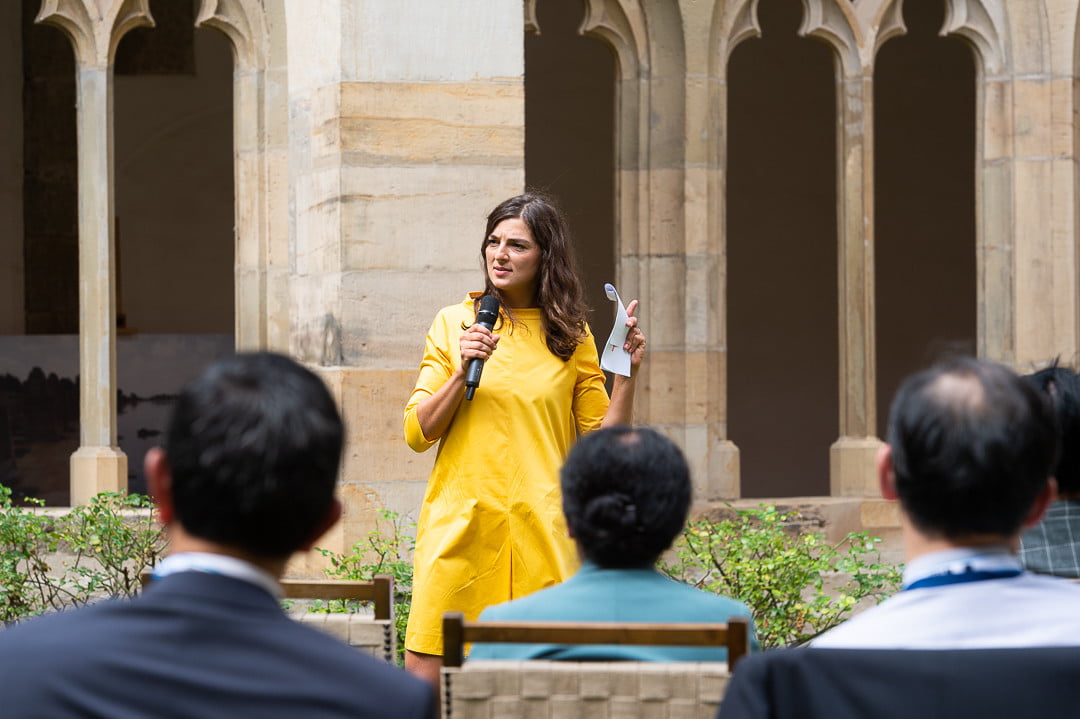

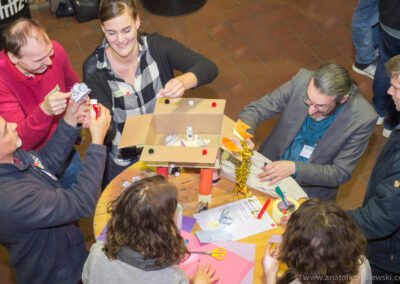

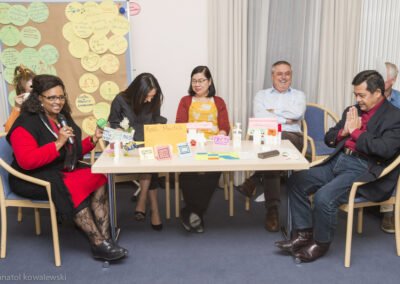
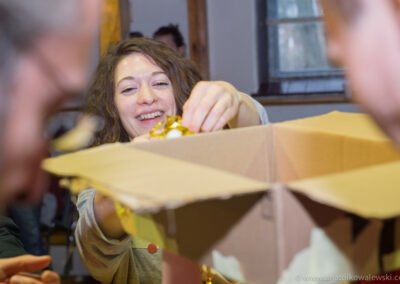
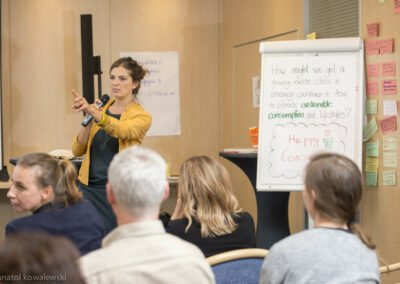
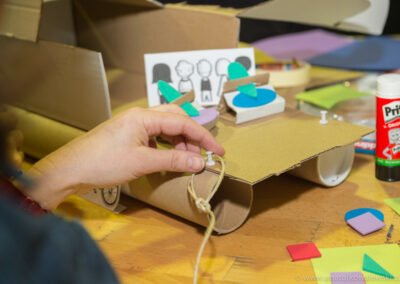
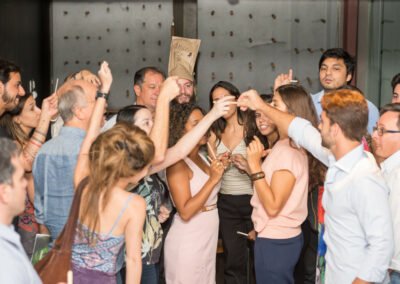
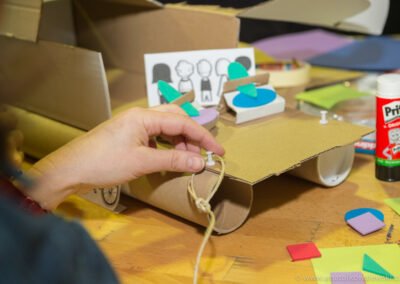


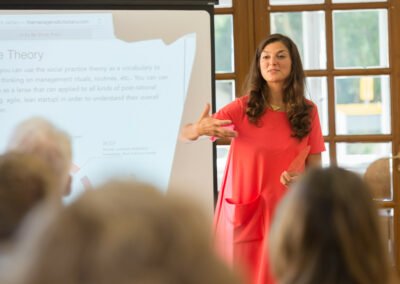
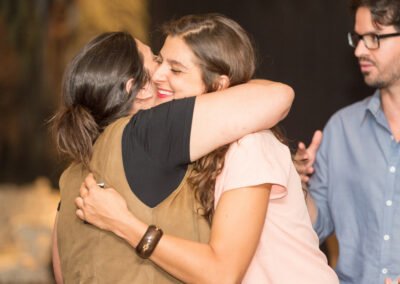


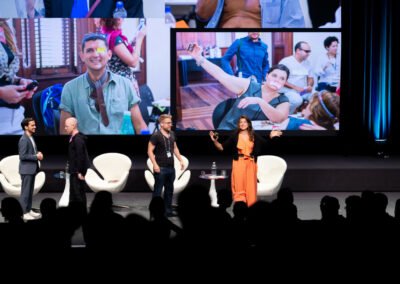
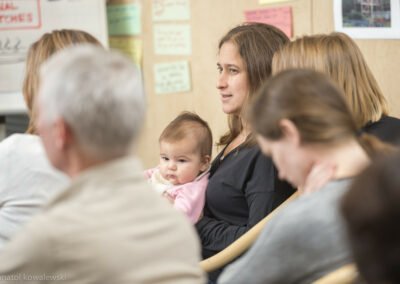



thank you for part 2! I really enjoyed this interview, it touched on so many nice topics
Thank you Florin! So happy to read you liked it!
I love this ending and the final words. It’s so true and so important! Taking action is what matters, and this negative attitude doesn’t help
Yes!… Positive attitudes move the world!
It was somewhat uncomfortable to read this last part on listening to the other side – because I immediately went into the defensive and wanted to say NO. But actually, it’s true that this is how the polarization etc continues, so at least dealing with the “opposite” side is important. Maybe eventually, we can open worthy discussions that way
Yes… Right now, people all over the world are behaving in “black and white”, extremely polarised…. And if we don’t want to be part of that problem, we have to move forward, change our mindset and become part of the solution? Don’t you think?
I totally agree with Daniela Marzavans view on sustainability and the need for change in different areas. Its crucial for us to define sustainability and work towards positive outcomes. The key challenges of implementing Design Thinking are fascinating!
Daniela Marzavans expertise in navigating change is commendable. Sustainability is crucial in all areas, be it environment, economy, or social development. It requires collective effort and innovative solutions. Whats your perspective on specific challenges faced in different sectors?
Daniela! Your perspective on sustainability is so insightful! I never really thought about how it applies to different areas. Cant wait to hear more about your project and the challenges you faced with Design Thinking!
Daniela, Im really curious about your take on sustainability in different areas! How do you define it? 🌍
I totally agree! Sustainability should be at the forefront of every decision we make. Its crucial to consider its impact on the environment, economy, and society. We must shift our mindset and embrace sustainable practices to ensure a better future for all.
Daniela Marzavan really knows how to embrace change! Im curious to hear her thoughts on sustainability and how she defines it. Also, Im eager to know more about her project and the positive outcome she achieved. And lets not forget, what challenges does she observe with Design Thinking for innovation? So many intriguing questions!
Sounds like Daniela Marzavan has a lot to offer! Im also curious about her take on sustainability and her projects success. It would be interesting to hear about any challenges she faces with Design Thinking. Cant wait to learn more!